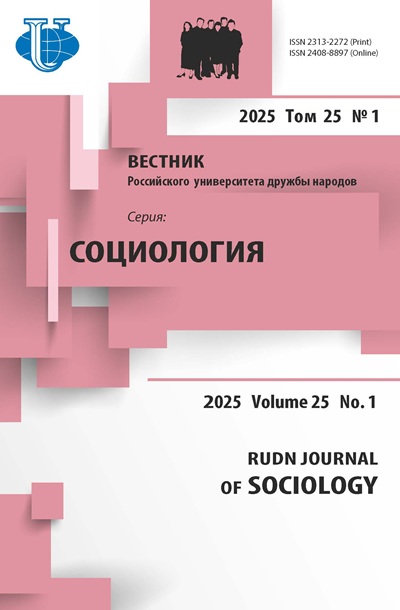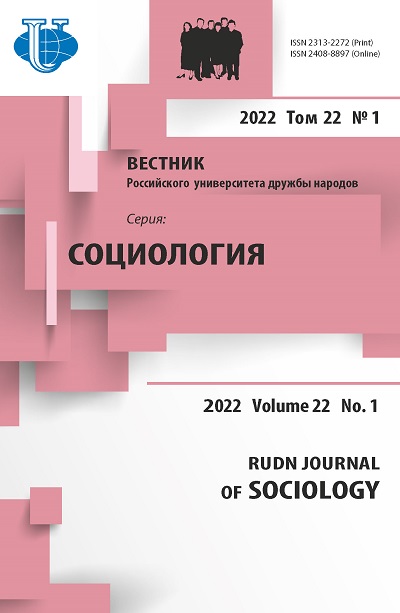Abstract
In the past three decades, the higher education system of China has shown the most dynamic development. One of the reasons is the president responsibility under the leadership of the Party committee, which was introduced in public universities in the early 1990s and corresponds to the national traditions as the fundamental management system in Chinese general universities. Recent changes in the Chinese society and economy have led to the establishment of private and joint universities, which determined transformations of this management system and the development of several university management systems. The article aims at describing the features of the contemporary university management systems of different forms of ownership in China together with their advantages and disadvantages. The article provides a brief review of the history of the development of public university management systems from the founding of the PRC to the present day; explains the main features of the Chinese higher education system and the changes in the number of public, private and joint universities in the past ten years. The authors focus on the management systems of public, private and joint universities to show that the management system of the university of any form of ownership consists of three parts - decision-making, practices and control. The article explains the specifics of relations between the highest governing bodies of the university - party committee, president and governing board (board of directors) - and the real system of relations between the administrative and academic authorities. The article is based on the data of the Chinese Ministry of Education, laws and other regulations of the Chinese government in the higher education, websites of the leading Chinese universities, and publications available on the Chinese Internet.














